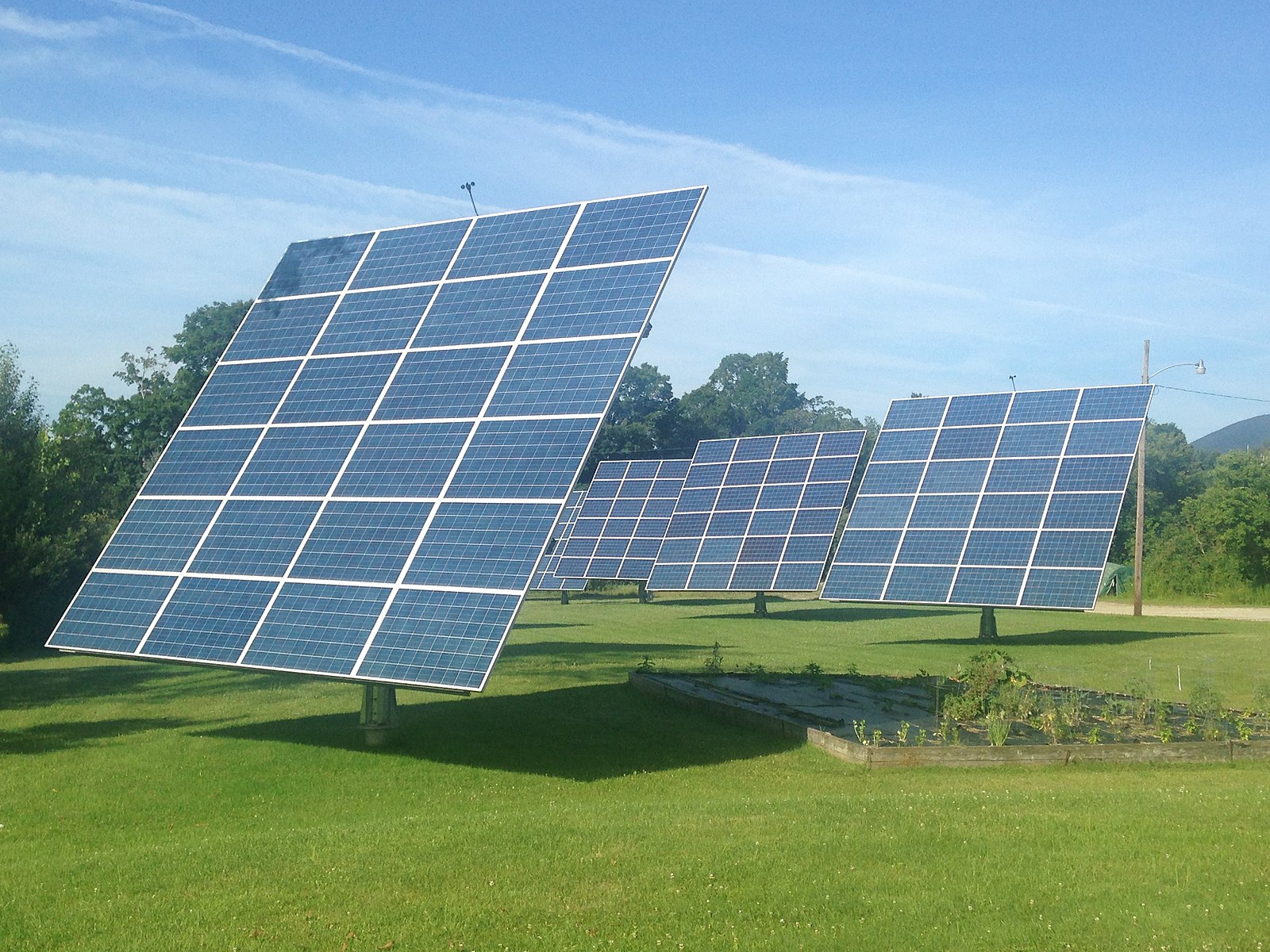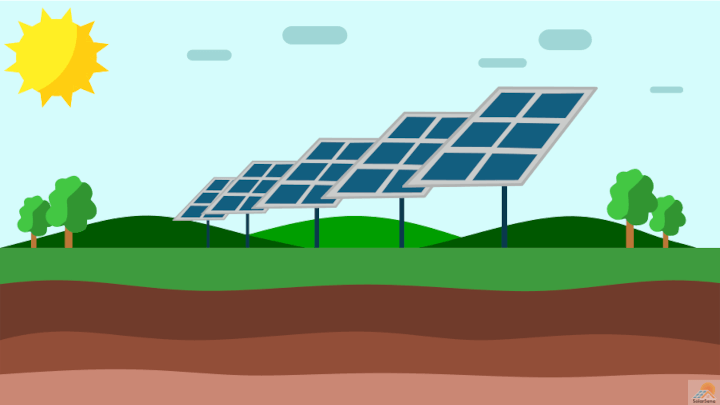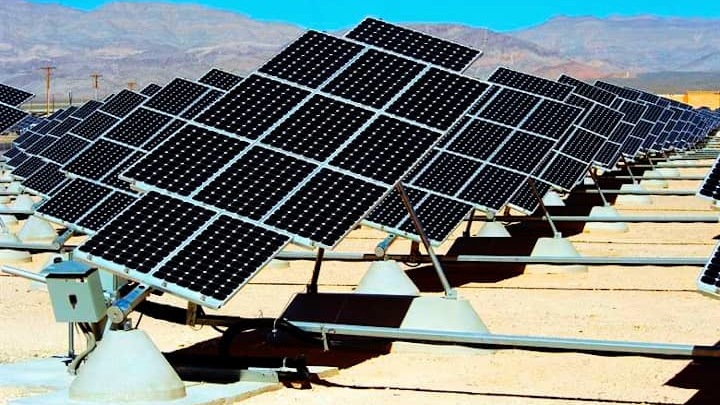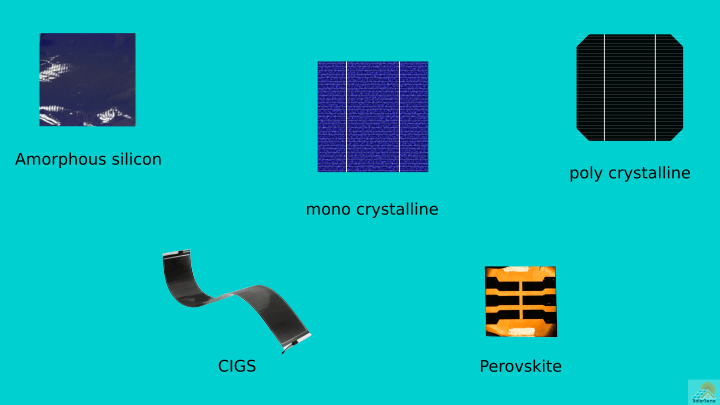Photovoltaic (PV) energy is a phrase many people aren’t familiar with. Yet, it’s what every solar setup generates! This article will give you a broad introduction to solar power and is a great introduction to PV education. Solar systems and off-grid lifestyles are becoming more popular by the day.
To understand what your solar setup can do for you, you need to know how it works. Solar panels contain photovoltaic cells that generate photovoltaic energy. In this article, I explain what photovoltaic energy is, how it works, and how solar panels use it. You’ll also read some fun facts about photovoltaic cells and energy that might surprise you!

What Is Photovoltaic Energy?
Photovoltaic (PV) energy uses a free, environmentally friendly, and renewable energy source to generate power. It converts UV rays from the sun to energy we can use to power houses, machinery, and more! PV energy is a fast-growing soundless, effective, and green phenomenon.
PV Education: How Photovoltaic Energy Works
For those who use PV solar energy you will already know that installing and using solar panels is a straightforward process. What goes on inside those panels is the complicated part. Here are Solar Sena we want to give you the best PV education possible so you know how your technology works.
Small cells with semiconductors and metal parts are hidden inside solar panels. When UV rays from the sun shine on these parts, an electric current that sends power through the panels is created. This then generates electricity. In short, PV energy works by absorbing sunlight and using its energy to create electrical currents.
PV Education: How Solar Panels Use Photovoltaic Energy
Solar panels are hard at work the moment sunlight strikes them. They use all their PV cells to absorb light energy and add it together to create enough electricity for your home or office. One cell won’t be enough to collect all the light it needs to produce sufficient energy. Many PV cells with semiconductors in a single solar panel work together.
Once the PV cells collect sunlight and create an electric current, the power runs through the solar panels to where it’s needed. Most household appliances require AC power, and solar panels generate DC electricity. You’ll need to use an inverter with your solar panels to invert DC power to AC power. Without one, you can’t use the PV energy generated by your solar panels.
You also need to invest in deep-cycle batteries. These batteries charge with the PV energy generated during the day when the sun is shining. You can use this stored power at night.
PV Education: How Much Energy Can Photovoltaic Solar Panels Harvest
Many contributing factors influence the amount of energy your PV solar panels will harvest from the sun.
Wattage: Solar panels with a high wattage produce more electricity than a low wattage panel. Most solar panels have a wattage of 300 and up.
Sunlight Access: Solar panels that have full access to direct sunlight will harvest more energy than those in shady areas. If you’re experiencing a cloudy day, your PV solar panels will also underperform.
Capacity: The electricity generated by a solar panel is typically measured on a daily basis. One solar panel may only have the ability to generate 2kWh of electricity daily. Your panels can’t exceed their predetermined capacities.
Type: The solar panel type you choose will also influence how much PV energy it can harvest from the sun. Monocrystalline panels harvest more power from the sun than polycrystalline and hybrid panels, but they have a higher price tag. The latter two aren’t as efficient in harvesting and distributing PV energy.
The more PV solar panels you install, the more power you’ll have! You can determine how much electricity your house or office building needs and use those calculations to install enough panels to keep the lights on.
6 Quick Facts for some PV education
- A solar plant that covers only 0.3% of the Earth’s surface can give electricity to our entire planet.
This solar plant only has to be the size of Paraguay – a single country! In numbers, it adds up to around 191 000 square miles.
- Solar energy isn’t a new phenomenon, although there’s still less information about it than other power sources. Alexandre Becquerel knew about it all along. He discovered the PV effect way back in 1839!
Before the first television was invented, he knew the sun could give us electricity. It took more than 100 years for the first PV cell to be designed, but it’s still shocking that even that happened back in 1941!
- The rays from the sun can generate more energy than you could possibly imagine. One hour of sunlight produces as much power as the entire planet uses in a year. With enough PV cells, we can capture them all.
- 35 tons of carbon dioxide is a lot, right? That is how much you cut from the cake if you use PV solar energy for 365 days. Cutting out an additional 75 million barrels of oil a year can save our planet!
- The USA has the second highest PV energy capacity in the world. Roughly 11 million houses can get electricity from the power the US holds. China holds the number one spot.
- In 1977, solar panel costs were insane and unaffordable. Now, it costs 99% less to install a PV solar panel system.
In Conclusion
Moving to a more sustainable lifestyle is easier when you know how what you can use works. This will make purchasing the right items and getting the best investment possible. Knowing about photovoltaic cells and energy may not seem relevant, but this information is vital when choosing between monocrystalline, polycrystalline, and hybrid solar panels. The amount of electricity your panels produce and how efficiently they distribute it will depend on their photovoltaic cells. I hope this article was educating and you have more knowledge about PV cells and energy. If you have any questions or something to add, pop them in the comments!




